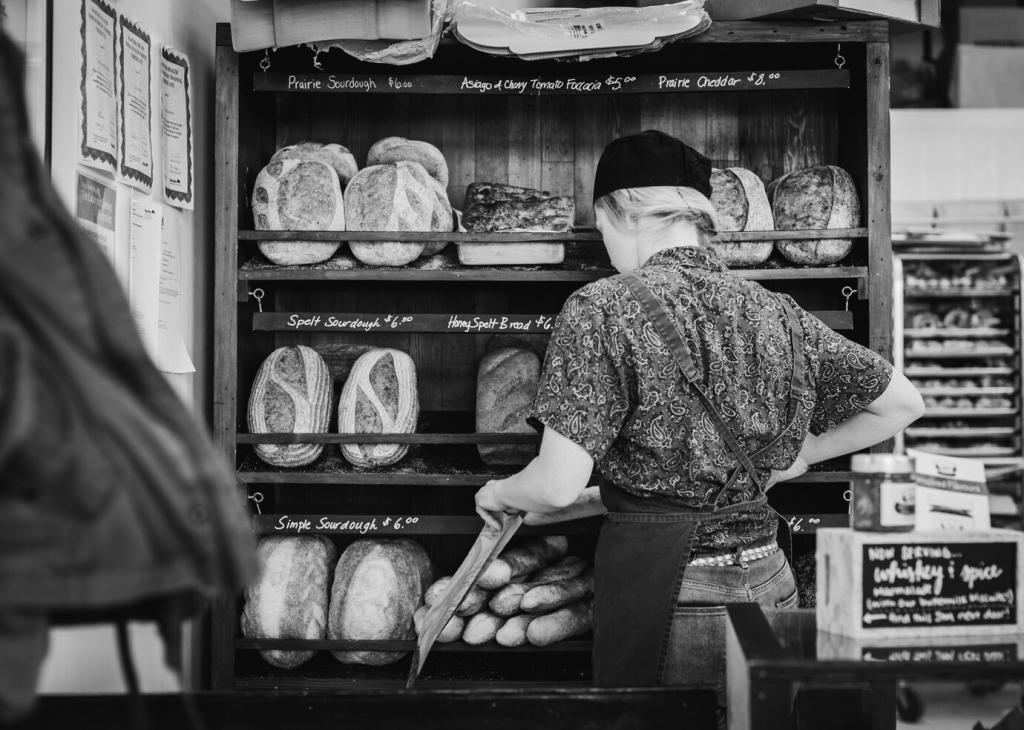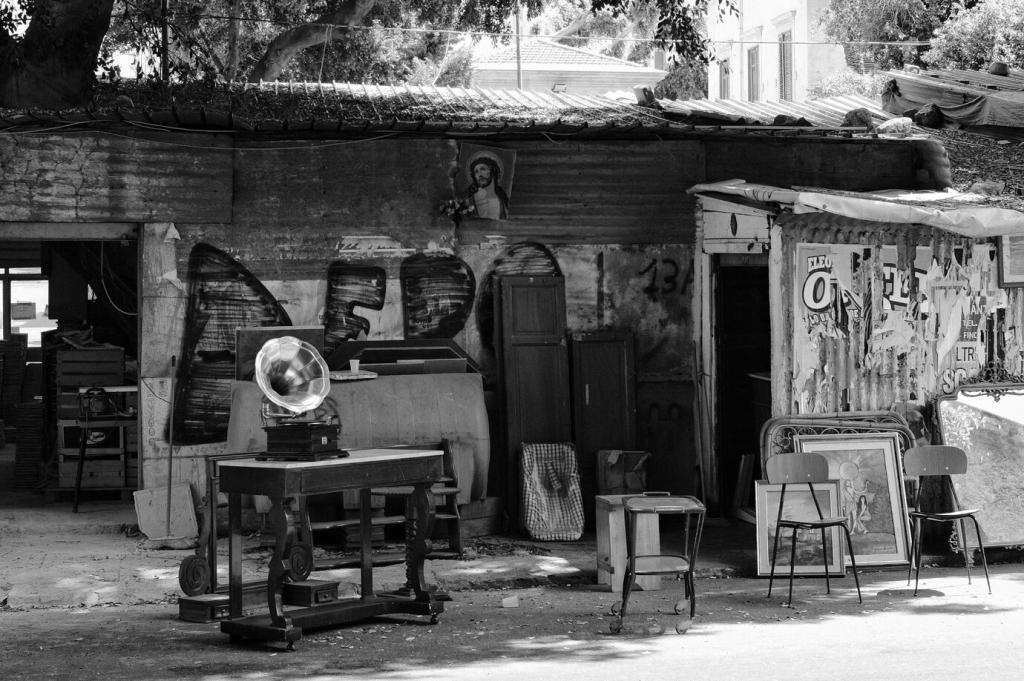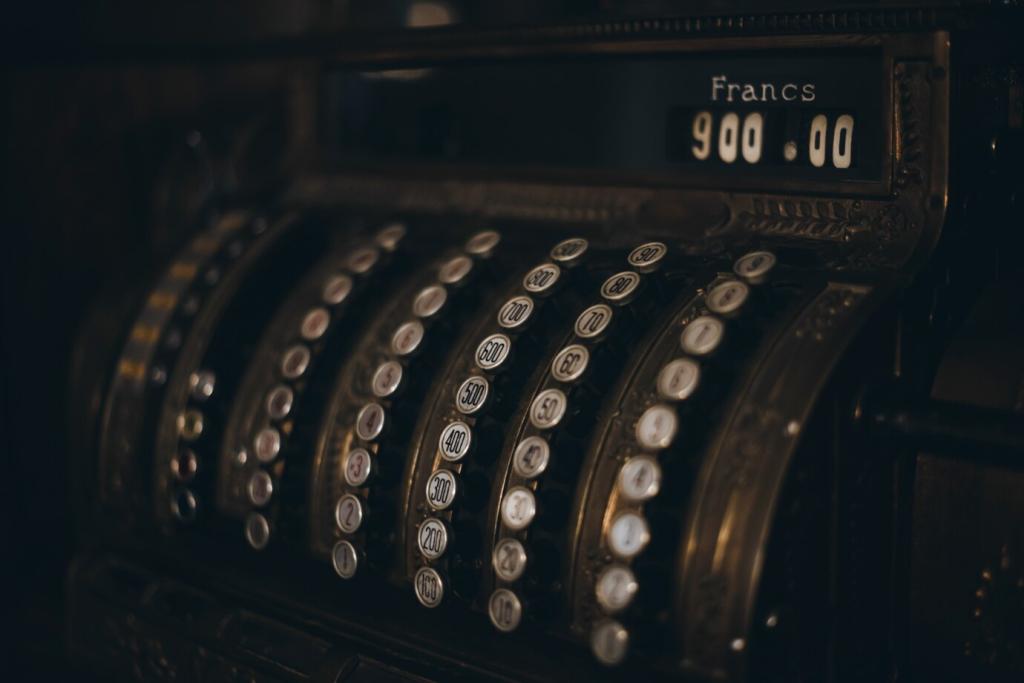How to Navigate a Vintage Marketplace with Confidence and Joy
Chosen theme: How to Navigate a Vintage Marketplace. Step into aisles of memory-rich objects, learn to read the room, negotiate with kindness, and curate pieces that resonate. Subscribe and share your own market wins to help fellow treasure-seekers grow.

This is the heading
Lorem ipsum dolor sit amet, consectetur adipiscing elit. Ut elit tellus, luctus nec ullamcorper mattis, pulvinar dapibus leo.

This is the heading
Lorem ipsum dolor sit amet, consectetur adipiscing elit. Ut elit tellus, luctus nec ullamcorper mattis, pulvinar dapibus leo.
Authenticity 101: Materials, Marks, and Maker Stories
Touch, Weight, and Light Tests
Genuine materials tell on themselves: uranium glass glows green under UV light, cast iron feels denser than flimsy reproductions, and Bakelite can release a formaldehyde scent when warmed and rubbed. Carry a small UV flashlight and inspect discreetly with permission.
Hallmarks and Maker’s Marks
Look for sterling marks like 925 or the UK lion passant, patent numbers on metal parts, and country-of-origin stamps. Labels such as “Made in Occupied Japan” often indicate late 1940s to early 1950s production. Photograph marks for later research and verification.
Provenance Through Stories
Ask vendors how they acquired a piece, then listen for consistent, specific details: estate names, towns, or former uses. Honest sellers welcome informed questions. Share your best provenance-question tips below to help others build better buying conversations.
Smart Bargaining: Graceful Negotiation Without Burning Bridges
Begin by complimenting the curation and asking about similar items. Human warmth lowers defenses. Vendors remember courteous buyers and often volunteer helpful details or discounts without prompting when trust replaces haggling tension.
Smart Bargaining: Graceful Negotiation Without Burning Bridges
Set a maximum budget privately, then open with a fair, lower offer anchored in condition, comps, or bundling potential. If countered, move in small, respectful increments. Walking away politely can also invite a better final price later.
Care, Repair, and Reuse: Bringing Finds Back to Life
Gentle Cleaning First
Start with dusting and mild, pH-neutral soap on a soft cloth, testing an inconspicuous spot. Avoid harsh abrasives and aggressive polishing that can strip original finishes. When unsure, consult a specialist rather than risk irreversible damage.

Too-Perfect Aging
Be wary of uniform distressing, identical wear patterns, or artificially darkened crevices. True age shows uneven oxidation, natural grime in hidden spots, and wear that aligns with real handling. Use a magnifier to examine tool marks up close.
Materials Mismatch
If a “Victorian” frame uses modern Phillips screws or a “mid-century” lamp has plastic where Bakelite should be, ask questions. Cross-check construction techniques and hardware types with reference guides or forums before committing money.
Ask for the Backstory
Genuine pieces often come with plausible, specific histories. Reproductions can lack details or shift stories under gentle questioning. Keep conversations friendly; your goal is informed decisions, not gotchas. Share polite questions that have uncovered reproductions for you.
Budgeting, Logistics, and Safety in Crowded Markets
Cash, Small Bills, and Secure Pockets
Many vendors prefer cash. Carry small bills for smooth bargaining, and organize them separately from your main wallet. Use a crossbody bag with zippers and keep valuables close, especially when crowds swell and attention drifts.


Transport and Packing
Bring reusable totes, bubble wrap, and painter’s tape for quick labeling. For fragile glass or enamel, double-wrap and keep items upright. If buying furniture, measure your car beforehand and confirm loading help or delivery options early, not last minute.
Community and Etiquette: Becoming a Market Regular
01
Respect the Booth and the Work
Handle items with clean hands, return pieces to their spots, and ask before opening cases. Vendors invest hours in curation; treating displays carefully builds goodwill and may earn trusted-customer perks when rare stock arrives.
02
Share Knowledge Generously
If you discover a maker’s mark or have a relevant reference, politely share it. Markets thrive on shared learning. Your generosity might spark a tip from another shopper about a booth that suits your collecting niche perfectly.
03
Follow Up and Stay Connected
Collect business cards, follow vendors on social, and send a quick thank-you message after a great find. Many sellers offer previews to respectful regulars. Tell us which accounts you follow for insider alerts and early-bird opportunities.
Documenting Your Collection: Photos, Records, and Value Tracking
Capture front, back, marks, and scale with a ruler for clarity. Natural light reveals texture and patina without harsh glare. Include a note on where and when you bought the item to anchor the story for future reference.
Documenting Your Collection: Photos, Records, and Value Tracking
Record price, vendor name, condition notes, and any repairs. Add links to comparable sales or auction results. Over time, this log becomes a personal reference library that sharpens your eye and strengthens negotiating confidence.


